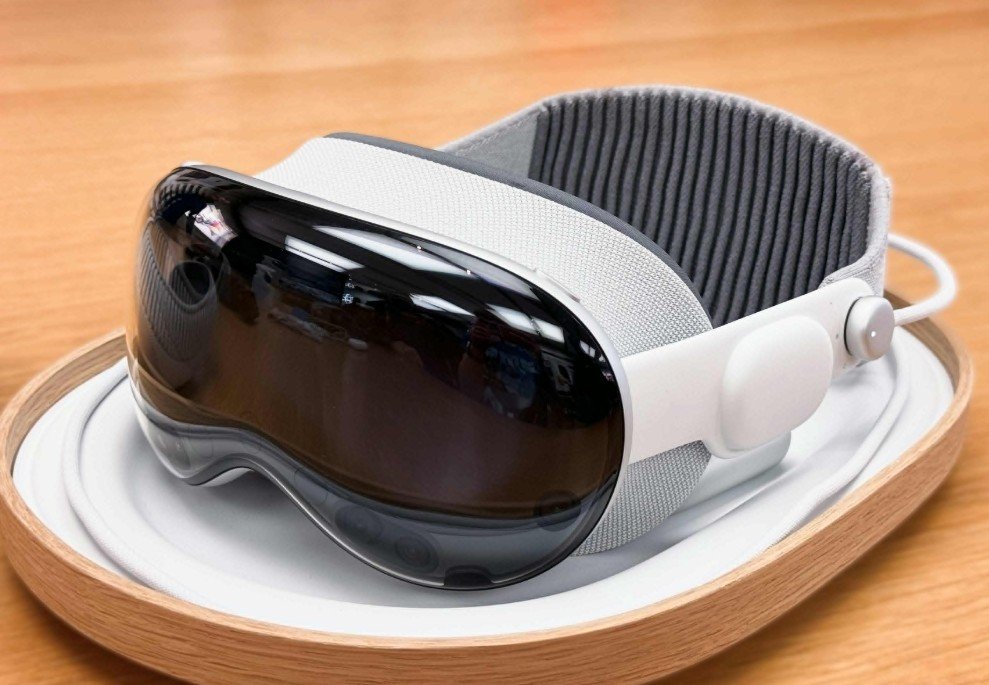Google has rolled out a major update to its Play Store, adding a dedicated section for extended reality (XR) apps. This change, launched in mid November 2025, helps users of Android powered virtual reality and mixed reality headsets find compatible software quickly, amid growing interest in devices like Samsungs Galaxy XR.
The Latest Play Store Changes
This update creates a special XR area in the Play Store. It makes it simple for headset owners to spot apps and games built for their gear. Google aims to boost the Android XR ecosystem as more people dive into virtual worlds.
The timing fits with the surge in XR tech. Sales of XR headsets have jumped 25 percent in 2025, driven by affordable options and better features. Users now see XR filters when browsing, ensuring apps work well on devices with spatial computing.
Experts say this move shows Googles focus on the future. It ties into broader trends like AI integration in daily tech. For instance, the update supports apps that use AI for immersive experiences.

How It Helps Android Headset Users
Headset users often struggle to find the right apps. The new section fixes that by grouping XR content together. This saves time and reduces frustration.
Samsungs Galaxy XR, released in October 2025, benefits directly. Priced at 1799 dollars, it runs on Android XR and comes with built in Google tools. The Play Store now highlights apps optimized for its 4K micro OLED displays and eye tracking.
Other devices will gain too. Upcoming models from various makers promise wireless options and AI features for 2026. The update prepares Android for this wave, making app discovery smooth.
- Key user benefits include faster searches for VR games.
- Easier access to mixed reality productivity tools.
- Better compatibility checks to avoid download issues.
Impact on Developers and Innovation
Developers now have a clear spot to showcase XR apps. This encourages more creation of high quality software. Google provides tools to help build apps that use AI and spatial features.
The change could spark growth in areas like education and entertainment. For example, virtual training programs have seen a 40 percent rise in adoption this year. Developers report easier testing and faster approvals in the updated store.
This aligns with industry shifts. Recent events, such as tech conferences in late 2025, highlighted AI driven XR as a key trend. Googles step positions Android to lead in this space.
| Feature | Before Update | After Update |
|---|---|---|
| App Discovery | Scattered across categories | Dedicated XR section |
| Compatibility Filter | Limited options | XR specific tags |
| Developer Tools | Basic support | Enhanced AI integration |
| User Feedback | Common complaints about mismatches | Improved satisfaction ratings |
Broader Market Effects
The XR market is heating up. Projections show it reaching 100 billion dollars by 2030, up from 20 billion in 2025. Googles update helps Android grab a bigger share against rivals like Apples Vision Pro.
Competition drives innovation. Samsung and Google team up to offer open platforms, unlike closed systems from others. This could lead to more affordable headsets and diverse apps.
Recent partnerships, including those with Qualcomm, add muscle. They focus on powerful chips for smooth performance. As XR blends with everyday tasks, like virtual meetings, the Play Store becomes a vital hub.
What Lies Ahead for XR Tech
Looking forward, expect more updates. Google plans to add features like voice search in XR mode. This builds on current AI tools, such as real time object recognition.
Challenges remain, like battery life and comfort. Yet, advances in 2025 show progress. For users, this means richer experiences in gaming and work.
As XR grows, stay informed on these changes. Share your thoughts on how this update affects your headset use, and comment below with your favorite XR apps.








